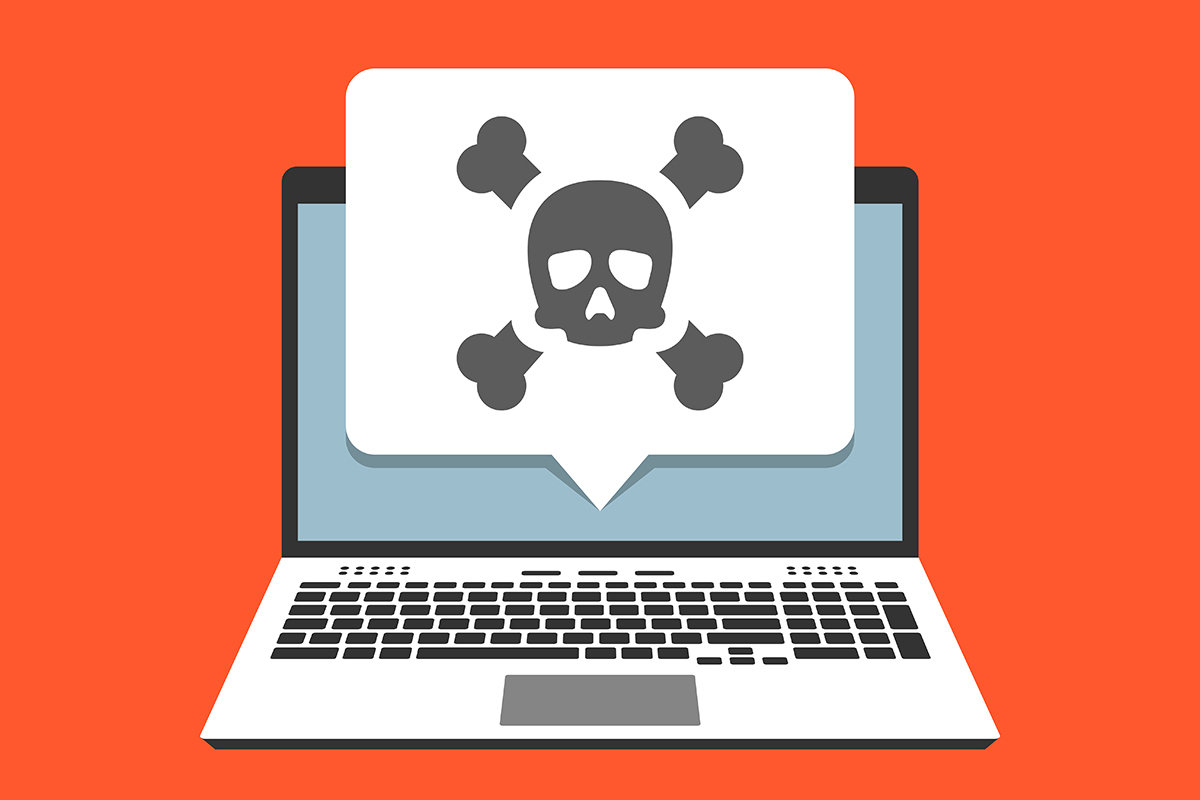Today, there exists uncountable cases of insecurities threats to all types of website. These threats come with a lot of catastrophic damages. After a successful attack, websites are left with a distorted reputation, serious financial losses, loss of vital data and customers. All websites are vulnerable to these risks, your healthcare website is no exception. Hackers are always on the lookout for any loopholes that exist in your healthcare website. They will take advantage of such loopholes to steal important patients’ credential and cause other significant damages. A recent study conducted by NetDiligence Cyber shows that 18% of all the cyberattacks that occurred in 2017 targeted healthcare website. This is why it is crucial that, as an owner of a healthcare website, you should put in place security measures that will protect your website. This article provides a complete guide to some of the measures that can be effective in protecting your healthcare website.
Educate Your Staff on the Best Cybersecurity Practices
When it comes to cybersecurity, each and every member of your staff has a role to play. As a matter of fact, the weakest cyber security link lies in your healthcare staff. Educating your staff on the possible cybersecurity threats and the ways to avoid them goes a long way in ensuring that your security is hardened. To do this, you will need an expert to assess the security knowledge of your employees and then come up with an education program that aims to enlighten the whole staff on the best security practices.
Carry Out Regular System Updates
Carrying out regular software updates to your healthcare website is another measure that you ought to put in place. Software updates come with vital patches that fix the loopholes that the previous patches presented. They, therefore, offer vital revisions to the mistakes presented by the previous versions. They also get rid of the computer bugs that exist in your current versions. Most cyber attackers take advantage of website owners’ complacency to old security measures. They will then pull out a perfect security breach that will leave the healthcare website so unhealthy, sick, and requiring significant amounts of resources to heal and go back to normal operations. As an owner to a healthcare website, you do not want this to happen. One of the measures that you should be putting in place to stay safe is to install the latest software updates immediately they pop up.

Making Use of the Secure Socket Layer
A healthcare website involves a lot of information transfers. Patients transfer their important data and information like health records to the website. These records and all other information should be protected at all costs. The keen-eyed hackers are usually acute to try and intercept the information in the course of it being transferred. One way that has proved to be effective in protecting all information in transit is the presence of an SSL certificate. An SSL certificate protects all information in transit. The files go through a coded form that cannot be decoded by a hacker. However, there are several SSL certificates and brands available in the market. Take an example, Comodo SSL certificate, which is the perfect SSL certificate that can be recommended for your healthcare website for better security and branding.
Control Access to All Patients’ Data and Other Crucial information
You might have come across or heard of stories of healthcare websites that fell victims of a successful cyberattack and lost vital patients’ data. Cyber attackers will use such stolen information in order to commit identity theft, commit online fraud by stealing funds from the patients’ accounts among other matters of great disaster.
One easy situation that the cyber attackers will take advantage of is the lack of access controls. It is vital to ensure that your healthcare website security team put in place a robust access control system. The control access dictates who can access the patients records and from which location. Only those that are authorized to access the information will be able to do so. The system limits unauthorised accesses and therefore reduces the risks that are brought about by unauthorised accesses. The access control system will also provide details of who exactly accessed which detail and from which place the access was carried out. Access should be removed from those employees that no longer work for the company. Doing this is important because you deny them the opportunity to carry out malicious activities such as stealing important healthcare information. Healthcare software such as the electronic health record application is good in performing the access control task.
Good Password Practices
Passwords are the keys that locks all the accounts from the hands of intruders. Operating a healthcare website will require that you use strong passwords. Strong passwords means that those that are long enough. An ideal length of an ideal password should be between eight to ten characters. The password should be a mixture of characters. It should be made up of lowercase and uppercase letters. It should also be composed of numbers and symbols. A password with these characteristics will not be easy to crack or guess.

Users should also not use a similar password to multiple accounts. Doing this will increase the vulnerability of the password. All a hacker will need is to discover a working password use the password to try and break into other accounts. The repercussions can be devastating. You do not have to wait for such to happen. The ideal practice will be to let your healthcare employees generate different passwords for different accounts. You can make it the policy of the healthcare organisation. The employees should also store the passwords in a secure place, out of the reach of malicious individuals.
Carrying Out Regular Healthcare Website Risk Assessment
Knowing exactly where the vulnerabilities lie will make it much easier for you to protect yourself against cyberattacks. You will have a clear view of the security concerns that needs to be addressed. To have the knowledge of what exactly needs to be done, you ought to carry out a website security risk assessment. Risk assessment is not a onetime event. It should be carried out on a regular basis. You can hire a risk assessment expert to help in conducting the process. The process will help establish the loopholes that cybercriminals will most probably take advantage of. It will also point out the weak points that needs to be strengthened.
Use Multiple Security Layers
One security layer is not enough. It is good to have several security protocols in place. A multiple security layer ensures that when a hacker successfully breaks past one security layer, he will not succeed in breaking through the next layer. This practice will help you identify the security breach attempt before it is too late. You can then put in place instigating measures before the hacker goes through the other layer.
Final Thoughts
Security breaches have over the years affected organizations. The impacts of a successful security breach are so devastating. Health websites are no exception to the insecurity threats that are presented by the hackers.
This article has touched on some of the measures that healthcare websites can have in place to stay safe from the insecurity threats that have now become rampant.
It is also crucial that the healthcare organisation have in place a recovery plan just in case of a successful security breach. Having the plan in place will help you continue with the normal operations after a successful attack.
